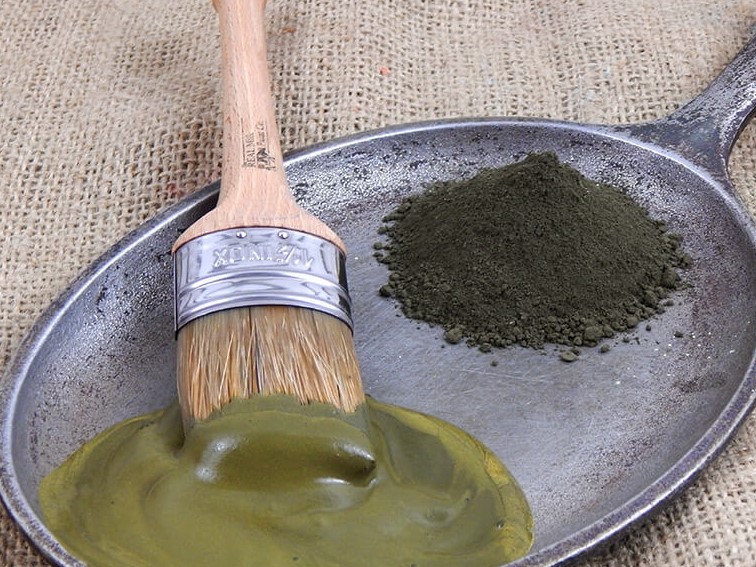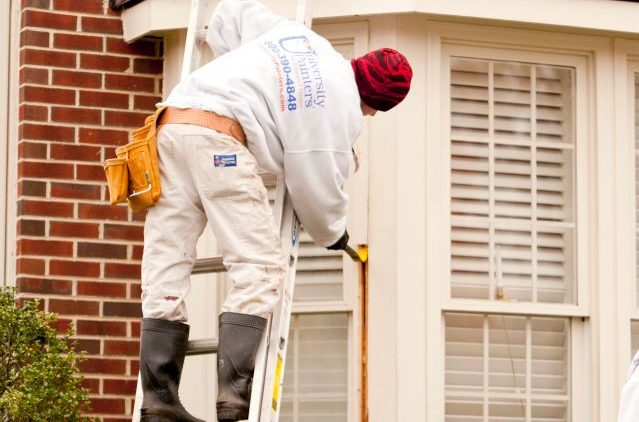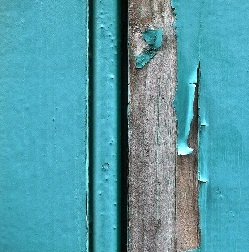What to do with Leftover Paint
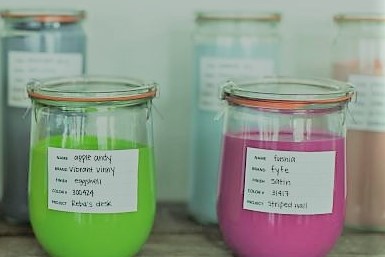 Leftovers! Nobody likes them. Not in your fridge and not in your garage. It seems no matter how well you plan a project you are left with an inch of paint in the bottom of the paint can and your first inclination is to tuck the lid back on and tuck the can in some lost corner of the carport.
Leftovers! Nobody likes them. Not in your fridge and not in your garage. It seems no matter how well you plan a project you are left with an inch of paint in the bottom of the paint can and your first inclination is to tuck the lid back on and tuck the can in some lost corner of the carport.
You know you shouldn’t just toss it in the garbage or pour it down the sink (or should you – read on to find out what the experts say). There are proper ways to dispose of paint. Here are some suggestions that should make the task a little more ‘palatable’.
- Pour the leftover paint into a smaller container such as a food or beauty dispenser that is empty and washed out. This will make the paint remains more manageable than collecting piles of cans of nearly empty paint. To ensure it stays fresh, cover the lid with plastic wrap and tighten the lid so no air can get in. If it’s possible, store the container upside down which will further prevent exposure to air. Be sure and label the container with the color, the date it was purchased, and its original use.
- If you have leftover paint that is not oil-based, then it is usually permissible to throw it away with your regular garbage. Home improvement retailers suggest you leave the paint opened to the air, so it will dry in the can. Then pour kitty litter in to absorb any leftover paint, replace the lid tightly, and include it in the week’s refuse.
- If you are not permitted by city ordinance to dispose of paint through normal trash collections, then search your local listings for professional companies that will either pick up the paint or provide drop-off points for you to deliver it. Many cities consider paint to be a hazardous waste and do not want it seeping into the water table. Therefore, special processes are in place to dispose of it in the least environmentally hazardous way possible.
- Consider donating your leftover paint. Organizations such as Habitat for Humanity are happy to take that paint off your hands. In fact, they have begun to partner with municipalities to recycle paint and sell it!
If you are looking for painting professionals – the experts at University Paint invite you to contact us today. We will be happy to speak with you!

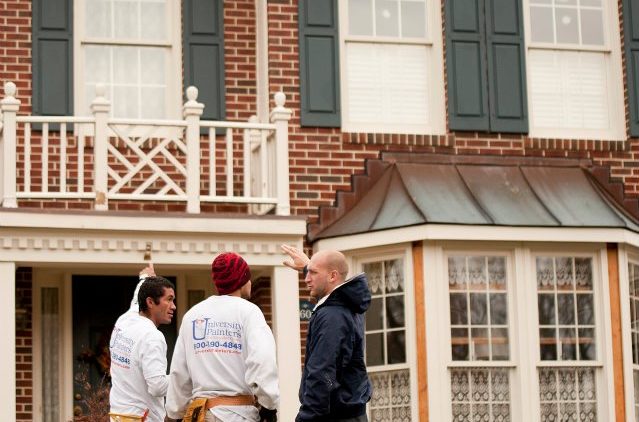
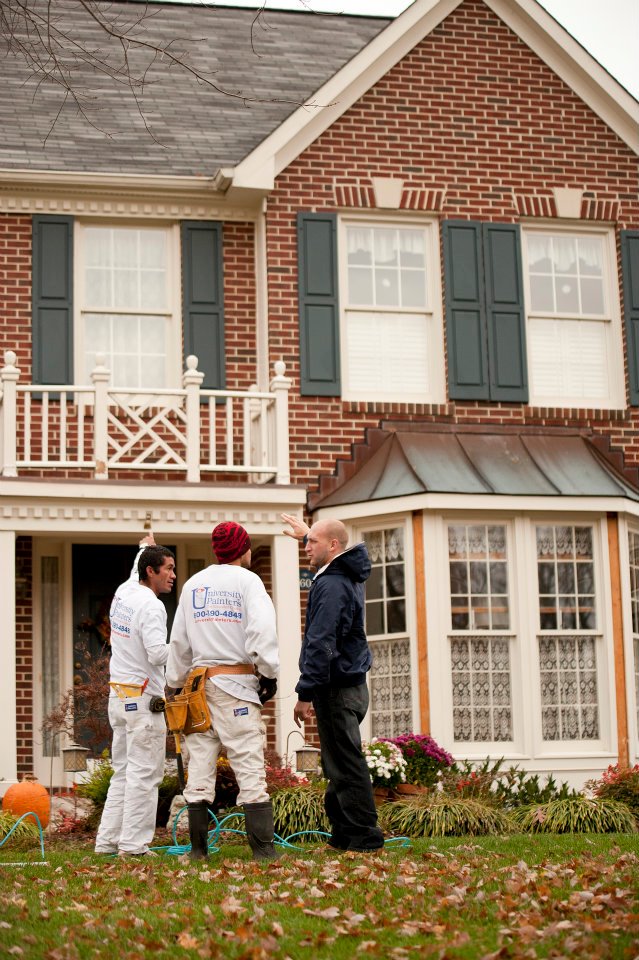 Summer can be a great time to complete home improvement projects, especially if they’re outdoor projects. If you’re thinking about painting your home’s
Summer can be a great time to complete home improvement projects, especially if they’re outdoor projects. If you’re thinking about painting your home’s 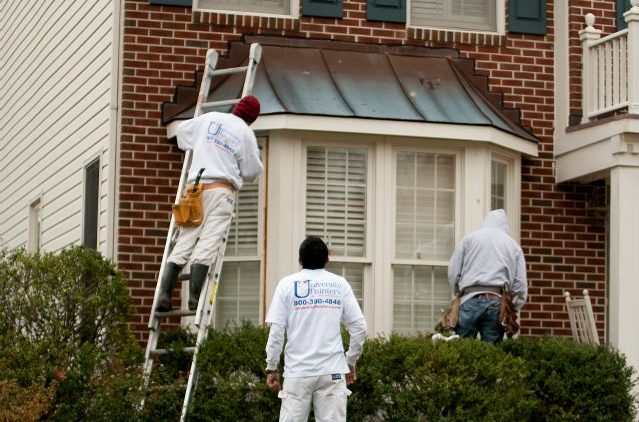
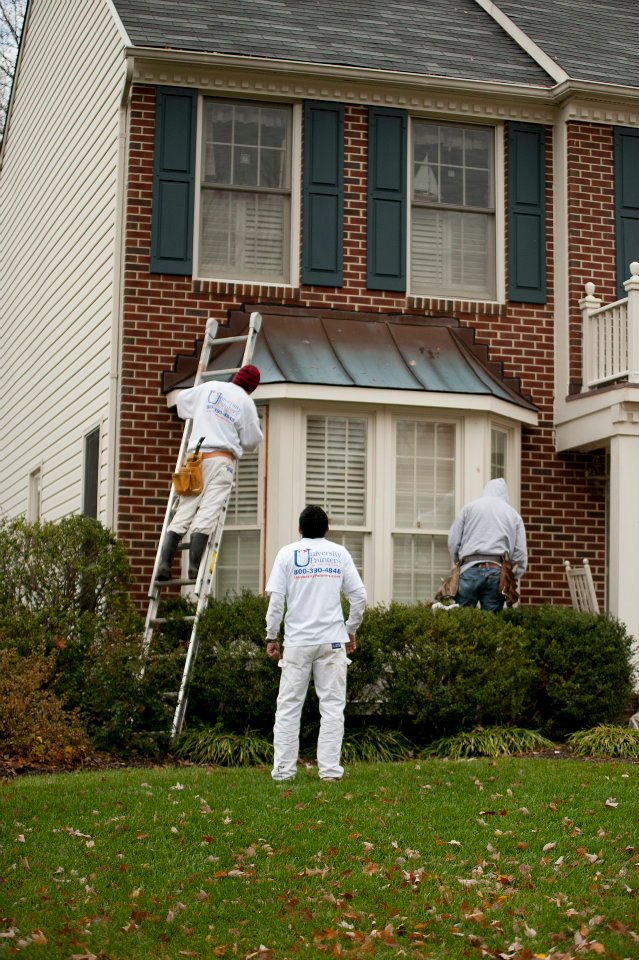 Have you been pulling into the driveway lately and feeling that the house staring back at you seems a bit worn? Is it looking dull? Do the other homes in the neighborhood seem newer and more modern? Perhaps all that you really need is a fresh coat of paint to spruce up the place and make it feel new again – and the same is as true for the inside as outside! Putting a fresh coat of
Have you been pulling into the driveway lately and feeling that the house staring back at you seems a bit worn? Is it looking dull? Do the other homes in the neighborhood seem newer and more modern? Perhaps all that you really need is a fresh coat of paint to spruce up the place and make it feel new again – and the same is as true for the inside as outside! Putting a fresh coat of 